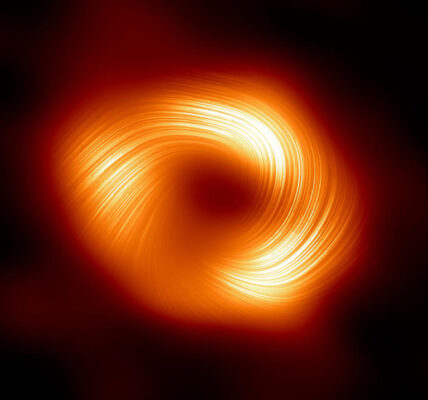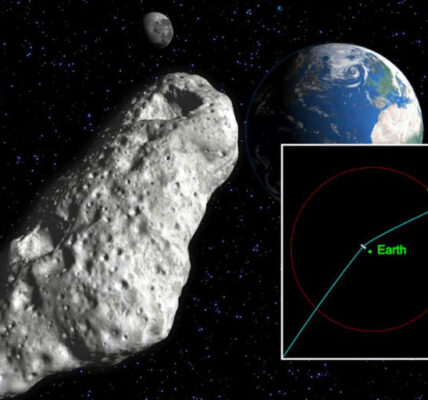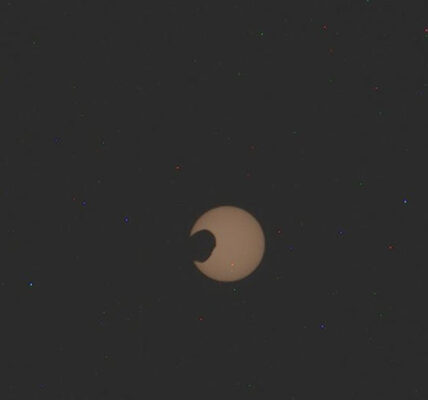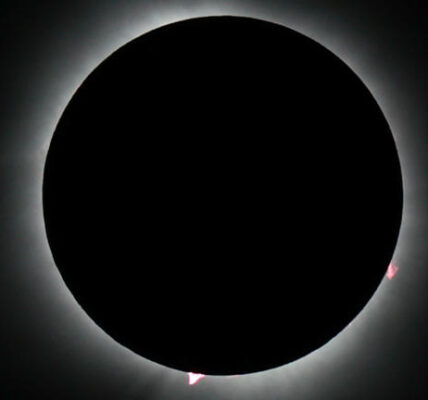Binary Star Planet Formation: Unveiling the Secrets of Stellar Siblings
Ever wondered if planets can form around double stars? Our solar system might have a single sun at the center, but new research suggests that cosmic baby booms can happen around stellar siblings too! This field of study, called Binary Star Planet Formation, is helping us understand how planets come to be in these fascinating double act star systems.
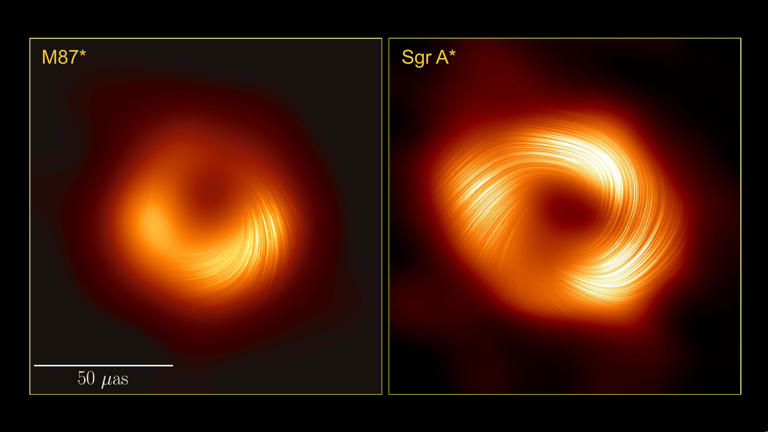
© Provided by Space
More Than Just One Star: The Binary Universe
Did you know that over half of the stars in the universe are actually part of a binary system? That’s right, instead of reigning solo, they have a companion star that they waltz around with in a cosmic dance. These binary stars can have planets orbiting either one star or both of them, depending on the presence of special dusty disks.
Disks: The Birthplaces of Planets
Imagine a giant, swirling disk of gas and dust swirling around a young star. This is called a protoplanetary disk, and it’s the birthplace of planets. In single star systems, these disks surround just one star. But in binary systems, things get a bit more interesting. Here, there can be two types of disks:
- Circumplanetary Disk: This disk cozies up to just one of the stars in the binary system.
- Circumbinary Disk: This larger disk encircles both stars, creating a kind of cosmic double decker.
Understanding how these disks behave and evolve is key to unlocking the mysteries of binary star planet formation.
ALMA to the Rescue: Peering into Stellar Nurseries
Astronomers are using powerful telescopes like the Atacama Large Millimeter/submillimeter Array (ALMA) to peer into these stellar nurseries. ALMA’s sharp vision allows them to study the properties of disks in binary systems, such as their size, shape, and how they interact with the stars.
D.F. Tau: A Tale of Two Disks
One of the binary systems under the spotlight is D.F. Tau. This stellar duo is located about 150 light-years away and consists of two young stars. Interestingly, ALMA discovered that D.F. Tau has a lopsided disk situation. One disk seems to be clinging tightly to its star, while the other appears detached and possibly getting a bit battered by the fast spin of its stellar partner.
This finding suggests a possible link between a star’s rotation speed and how well it can hold onto its planet-forming disk. Faster spinning stars might be whipping their disks away, making it harder for planets to condense out of the swirling dust.
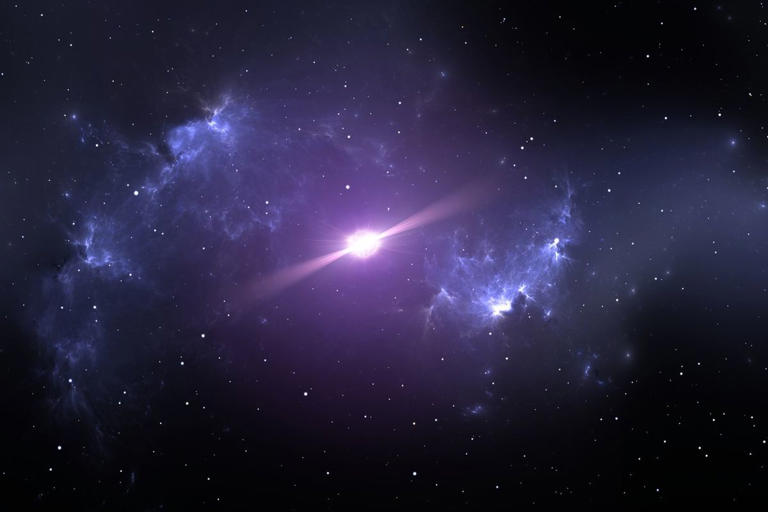
© Provided by Space
F.O. Tau: A More Harmonious System
Another binary system, F.O. Tau, paints a different picture. Located roughly 450 light-years away, this young system (only about 2.8 million years old!) has stars with more sedate rotation speeds and a more circular orbit. What’s even more interesting is that both stars have disks that seem to be aligned with the system’s overall orbital path. This suggests that a calmer and more well-behaved binary system might be more conducive to forming planets around both stars.
Unraveling the Recipe for Planetary Birth
By comparing and contrasting these two binary systems, scientists are starting to piece together the recipe for binary star planet formation. It seems that slower-spinning stars with more circular orbits and disks that are in sync with the system’s movement might create a sweeter spot for planets to take root.
The Future of Binary Star Planet Formation
This research is just the beginning. As astronomers continue to study more binary systems, we can expect to gain even deeper insights into how planets form in these cosmic double acts. Understanding these processes is crucial because binary stars are so common in the universe. By unlocking the secrets of binary star planet formation, we might be opening the door to discovering a whole new range of alien worlds!
Beyond the Blog: Exploring Binary Star Systems
Want to delve deeper into the fascinating world of binary stars? Here are some resources to get you started:
- [NASA: Binary Star Systems](URL binary stars nasa ON NASA (.gov) nasa.gov)
- [Space.com: Most Milky Way Stars Have Companions](URL milky way binary stars ON Space.com)
- [National Geographic: The Most Common Star System Isn’t What You Think](URL what is the most common star system ON National Geographic nationalgeographic.com).
ALSO READ:
Magnetic Vortex 1001: The Secret Weapon of Supermassive Black Holes?
